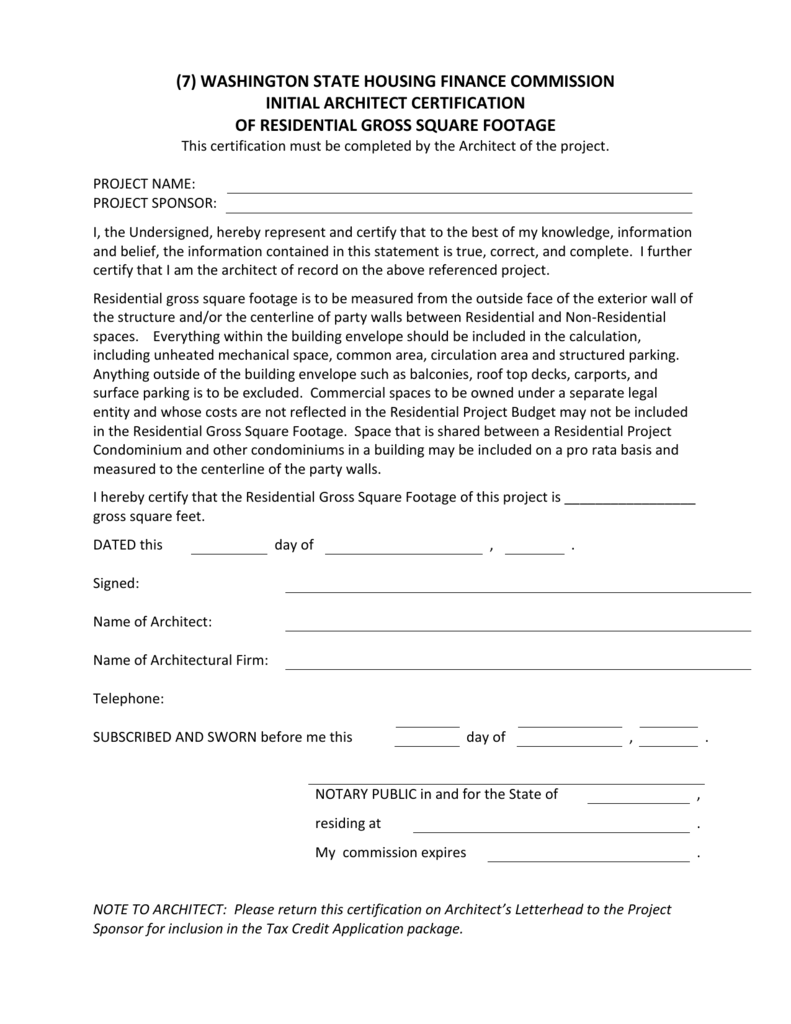
- BUILDING ENVELOPE COMMISSIONING CERTIFICATION MANUALS
- BUILDING ENVELOPE COMMISSIONING CERTIFICATION VERIFICATION
The technical commissioning process uses the expert commissioning provider process, instead of the contractor quality process, to achieve these results, and uses both testing of the envelope components and installation inspections. To overcome the lack of effective commissioning of these envelope assemblies, organizations like the National Environmental Balancing Bureau (NEBB) have begun to use the technical commissioning process on building envelopes with improved success. The building envelope consists of an exterior cladding, water channel layer, air barrier, vapor barrier, and an insulation barrier, each of which must be installed correctly without holes or voids in any of the layers to provide the intended performance (see Figure 1). The traditional contractor’s quality process has not been effectively used on building envelopes due to the fact that the assemblies are field built by multiple contractors at various times during the construction process. Due to the increased interest in high-performance buildings, more attention is being paid to how envelope assemblies affect interior comfort and energy performance. For LEED v4, new tasks to achieve Enhanced Commissioning include development of an On-Going Commissioning Plan, Monitoring Based Commissioning, and/or Envelope Commissioning into the scope of work.Traditionally, building envelopes have been commissioned by architectural inspection using punch lists for tracking needed corrections.
BUILDING ENVELOPE COMMISSIONING CERTIFICATION MANUALS
Enhanced Commissioning is intended to ensure the CxA is involved early in the design phase for design and submittal reviews, ensures maintenance and operator system manuals and training are completed, and schedules a site visit 8-10 months post-occupancy to review and document the operating conditions of the building. "Enhanced Commissioning – EAc1" provides an additional 2-6 points on a LEED project. New fundamental commissioning tasks added in LEED v4 include bringing a CxA on board before the design development phase is complete, design reviews mid-design phase, inclusion of envelope systems in the OPR, BOD and design reviews, plumbing systems to include pumps and controls, electrical distribution and service testing, and a Facility Requirements and Operations and Maintenance Plan.
BUILDING ENVELOPE COMMISSIONING CERTIFICATION VERIFICATION
USGBC’s Leadership in Energy and Environmental Design (LEED) v4 New Construction (NC) rating system calls for "Fundamental Commissioning & Verification – EAp1" as a prerequisite for any project greater than 20,000 square feet seeking LEED certification.

LEED Fundamental & Enhanced Commissioning In addition to the compliance forms, the following are required to document and facilitate the commissioning process:

# Commissioning – Design Review Signature Page (NRCC-CXR-05-E).# Commissioning – Construction Documents – Complex Mechanical Systems (NRCC-CXR-04-E).# Commissioning – Construction Documents – Simple HVAC Systems (NRCC-CXR-03-E).# Commissioning – Construction Documents – General (NRCC-CXR-02-E).# Commissioning – Design Review Kickoff (NRCC-CXR-01-E).The following design review certificates of compliance are required for all newly constructed nonresidential projects (based on complexity): Closely related to the Title 24 Acceptance Test requirements, commissioning involves functional testing during construction, but also includes activities during design that will ensure the building systems and associated controls will meet the owner’s energy and operating efficiency goals.

California Building Energy Efficiency Standards require CALGreen Commissioning on any newly constructed nonresidential building over 10,000 square feet.


 0 kommentar(er)
0 kommentar(er)
